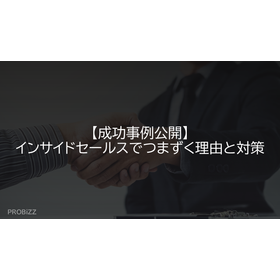Thick film metallized substrate/package (plating specification)
The fusion of ceramic materials and long-developed thick-film metallization technology.
Thick-film metallized substrates are substrate materials created from the fusion of various proven ceramic materials and the thick-film metallization technology developed over many years. They can be customized using a variety of pattern formation techniques and are used in applications such as semiconductor lasers and medical lasers.
Inquire About This Product
basic information
Please visit the website.
Price range
Delivery Time
Applications/Examples of results
Submount substrates related to industrial equipment and medical devices.
Detailed information
-

Electrolytic NiAu specification (MW recommended) - In the case of electrolytic specifications, electrode lines are required for each land. - Thick Au application is possible (standard thickness approximately 1.5μm).
-

Dimension Position Minimum Dimension A Conductor Dimension 0.100mm B Pattern Spacing 0.150mm C Board Edge Spacing 0.050mm D Pattern Hole Spacing 0.100mm
Company information
The name MARUWA embodies the meaning of "everyone working together in harmony." The logo of MARUWA uses blue, which is said to represent hope, and expresses the "harmony, connections, and bonds between people," which is the origin of the company name. Our company values people. We believe that a company can only achieve continuous growth and development by cherishing and utilizing the strengths and individuality of each person. It is unacceptable to suppress or distort these qualities for the sake of the company. We hope that our growth and development will contribute to the happiness of not only our employees but also the local community and many others, and we are committed to our daily business activities with all our efforts. In recent years, the importance of preserving the natural environment on this planet we live in has been emphasized from various perspectives. We feel very fortunate that the opportunities for our ceramic products to be used for environmental conservation are increasing, and the demands and expectations for these products and new innovations are becoming stronger.








![[For Beginners] The Structure of an SDR Organization to Strengthen Corporate Sales](https://image.www.ipros.com/public/product/image/2116845/IPROS8002888076560131425.png?w=280&h=280)

